ATHENS, Ga., USA: A University of Georgia researcher has invented a new technology that renders medical linens and clothing, face masks, paper towels and diapers permanently germ free. The simple and inexpensive antimicrobial technology works on natural and synthetic materials and can be applied during the manufacturing process or at home.
“The spread of pathogens on textiles and plastics is a growing concern, especially in healthcare facilities and hotels, which are ideal environments for the proliferation and spread of very harmful microorganisms, but also in the home,” said Jason Locklin, the inventor of the new technology and Assistant Professor of Chemistry in the Franklin College of Arts and Sciences, as well as in the Faculty of Engineering.
According to Locklin, the new antimicrobial technology was tested on many of the pathogens common in healthcare settings, including staph., strep., E. coli, pseudomonas and acinetobacter. After just a single application, no bacterial growth was observed on the textile samples added to the culture—even after 24 hours at 99 F (37 C).
Moreover, in testing, the treatment remained fully active after multiple hot water laundry cycles, demonstrating that the antibacterial substance does not leach out from the textiles even under harsh conditions. “Leaching could hinder the applicability of this technology in certain industrial segments, such as food packaging, toys, I.V. bags and tubing, for example,” said Gennaro Gama, University of Georgia Research Foundation (UGARF) senior technology manager.
The antimicrobial treatment, which is available for licensing from the UGARF, effectively kills a wide spectrum of bacteria, yeasts and molds that can cause disease, break down fabrics, create stains, and produce odors.
According to the Centers for Disease Control and Prevention, approximately one of every 20 hospitalized patients will contract a healthcare-associated infection. Lab coats, scrub suits, uniforms, gowns, gloves and linens are known to harbor the microbes that cause patient infections.
Consumers’ concern about harmful microbes has driven the market for clothing, undergarments, footwear and home textiles with antimicrobial properties. But to be practical, both commercial and consumer antimicrobial products must be inexpensive and lasting.
“Similar technologies are limited by cost of materials, use of noxious chemicals in the application or loss of effectiveness after a few washings,” said Gama. “Locklin’s technology uses ingeniously simple, inexpensive and scalable chemistry.”
Gama said the technology is simple to apply in the manufacturing of fibers, fabrics, filters and plastics. It also can bestow antimicrobial properties on finished products, such as athletic wear and shoes, and textiles for the bedroom, bathroom and kitchen.
“The advantage of UGARF’s technology over competing methods,” said Gama, “is that the permanent antimicrobial can be applied to a product at any point of the manufacture-sale-use continuum. In contrast, competing technologies require blending of the antimicrobial in the manufacturing process.”
“In addition,” said Gama, “If for some reason the antimicrobial layer is removed from an article—through abrasion, for example—it can be reapplied by simple spraying.”
Other markets for the antimicrobial technology include medical and dental instrumentation, military apparel and gear, food packaging, plastic furniture, pool toys, bandages and plastic items.
Thin films of the new substance also can be used to change other surface properties of both cellulose- and polymer-based materials. “It can change a material’s optical properties—color, reflectance, absorbance and iridescence—and make it repel liquids, all without changing other properties of the material,” said Gama.
Many companies have products that can dramatically improve a patient’s life and overall wellbeing. One such company is Dentatus, whose innovative ...
NEW YORK, NY, USA: Tyler covered his mouth when he smiled, barely spoke and refrained from eating in public whenever possible. Although he was in desperate ...
NEW YORK, N.Y., USA: There’s always plenty of excitement in New York City. From Friday, Nov. 26, to Wednesday, Dec. 1, that excitement will extend to the ...
Dr. Lee Ann Brady is a nationally recognized dentist and dental educator who says her goal is to partner with patients to assist them in making the best ...
Revo-S developed by MICRO-MEGA, with only three nickel-titanium files, simplifies the initial endodontic treatment and optimizes the cleaning action. The ...
Beutlich Pharmaceuticals has added to its family of HurriCaine products.
NEW YORK, N.Y., USA: TotalCare, an industry leader in dental infection prevention, has announced a new corporate brand identity, which the company says ...
NEW YORK, N.Y., USA: Registration is now open for the 2013 Greater New York Dental Meeting (GNYDM). Organizers of the 89th annual meeting anticipate the ...
Tens of thousands of dental professionals gathered in Manhattan the weekend after Thanksgiving for the Greater New York Dental Meeting (GNYDM). It was an ...
BOSTON, MA, USA: By the time the attendees of the American Association of Orthodontists’ 109th Annual Session, held here 1–5 May, headed home, ...
Live webinar
Mon. 12 January 2026
9:00 AM EST (New York)
Prof. Judith Jones D.D.S; M.P.H., Prof. Kakuhiro Fukai D.D.S., Ph.D, Dr. Bathsheba (Bethy) Turton
Live webinar
Wed. 14 January 2026
12:00 PM EST (New York)
Dr. Théo Laplane, Dr. Robert Gottlander DDS
Live webinar
Fri. 16 January 2026
12:00 PM EST (New York)
Live webinar
Mon. 19 January 2026
1:00 PM EST (New York)
Philipp Kopp, Michael Seeber
Live webinar
Thu. 22 January 2026
2:00 PM EST (New York)
Dr. Nicola M. Grande DDS, PhD
Live webinar
Wed. 28 January 2026
8:00 AM EST (New York)
Live webinar
Wed. 28 January 2026
11:00 AM EST (New York)
Prof. Dr. Jan-Frederik Güth



 Austria / Österreich
Austria / Österreich
 Bosnia and Herzegovina / Босна и Херцеговина
Bosnia and Herzegovina / Босна и Херцеговина
 Bulgaria / България
Bulgaria / България
 Croatia / Hrvatska
Croatia / Hrvatska
 Czech Republic & Slovakia / Česká republika & Slovensko
Czech Republic & Slovakia / Česká republika & Slovensko
 France / France
France / France
 Germany / Deutschland
Germany / Deutschland
 Greece / ΕΛΛΑΔΑ
Greece / ΕΛΛΑΔΑ
 Hungary / Hungary
Hungary / Hungary
 Italy / Italia
Italy / Italia
 Netherlands / Nederland
Netherlands / Nederland
 Nordic / Nordic
Nordic / Nordic
 Poland / Polska
Poland / Polska
 Portugal / Portugal
Portugal / Portugal
 Romania & Moldova / România & Moldova
Romania & Moldova / România & Moldova
 Slovenia / Slovenija
Slovenia / Slovenija
 Serbia & Montenegro / Србија и Црна Гора
Serbia & Montenegro / Србија и Црна Гора
 Spain / España
Spain / España
 Switzerland / Schweiz
Switzerland / Schweiz
 Turkey / Türkiye
Turkey / Türkiye
 UK & Ireland / UK & Ireland
UK & Ireland / UK & Ireland
 International / International
International / International
 Brazil / Brasil
Brazil / Brasil
 Canada / Canada
Canada / Canada
 Latin America / Latinoamérica
Latin America / Latinoamérica
 China / 中国
China / 中国
 India / भारत गणराज्य
India / भारत गणराज्य
 Pakistan / Pākistān
Pakistan / Pākistān
 Vietnam / Việt Nam
Vietnam / Việt Nam
 ASEAN / ASEAN
ASEAN / ASEAN
 Israel / מְדִינַת יִשְׂרָאֵל
Israel / מְדִינַת יִשְׂרָאֵל
 Algeria, Morocco & Tunisia / الجزائر والمغرب وتونس
Algeria, Morocco & Tunisia / الجزائر والمغرب وتونس
 Middle East / Middle East
Middle East / Middle East
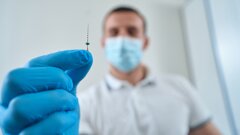





























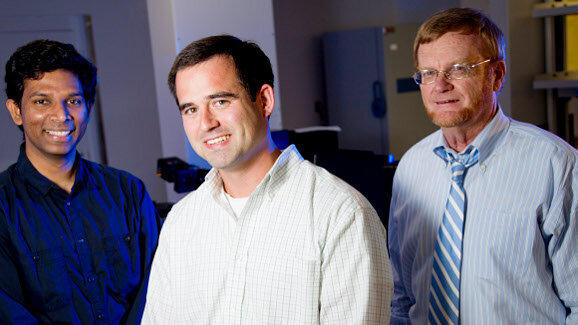







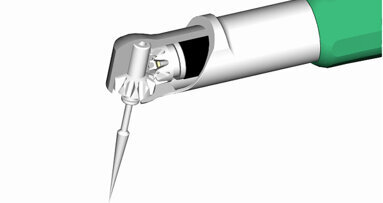
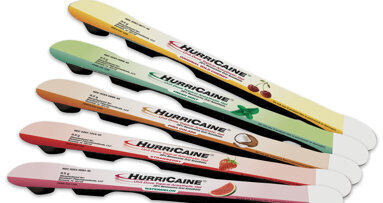
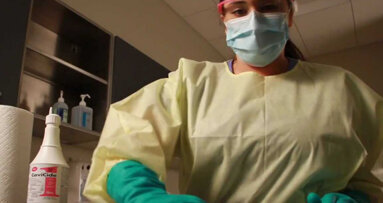












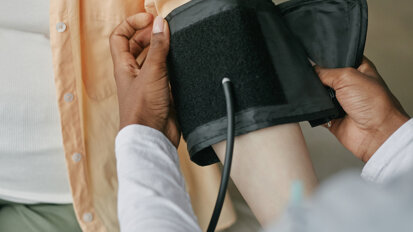







To post a reply please login or register